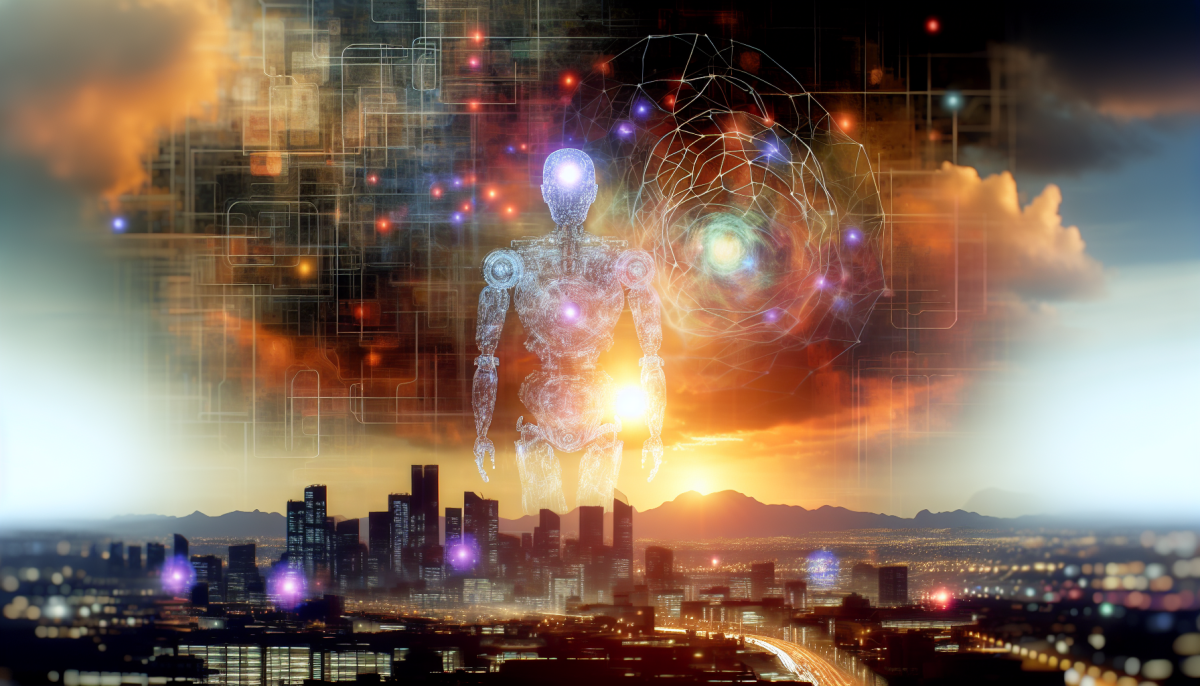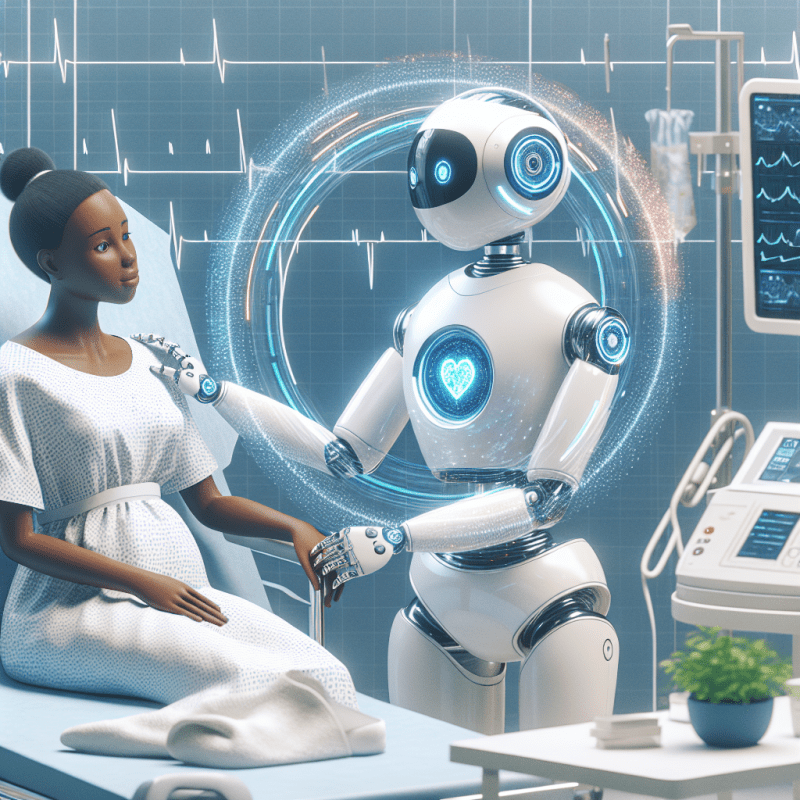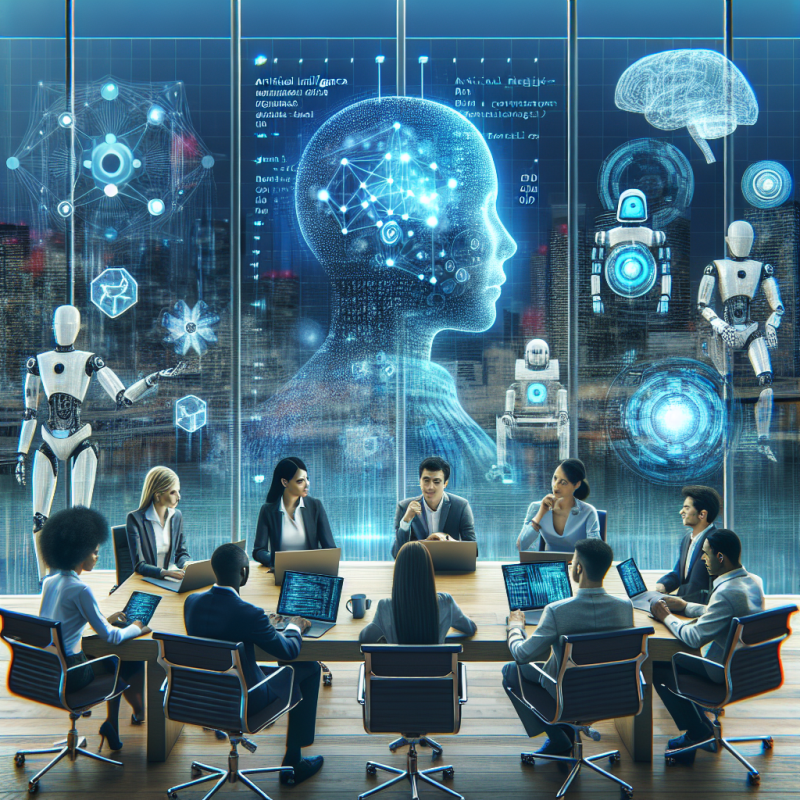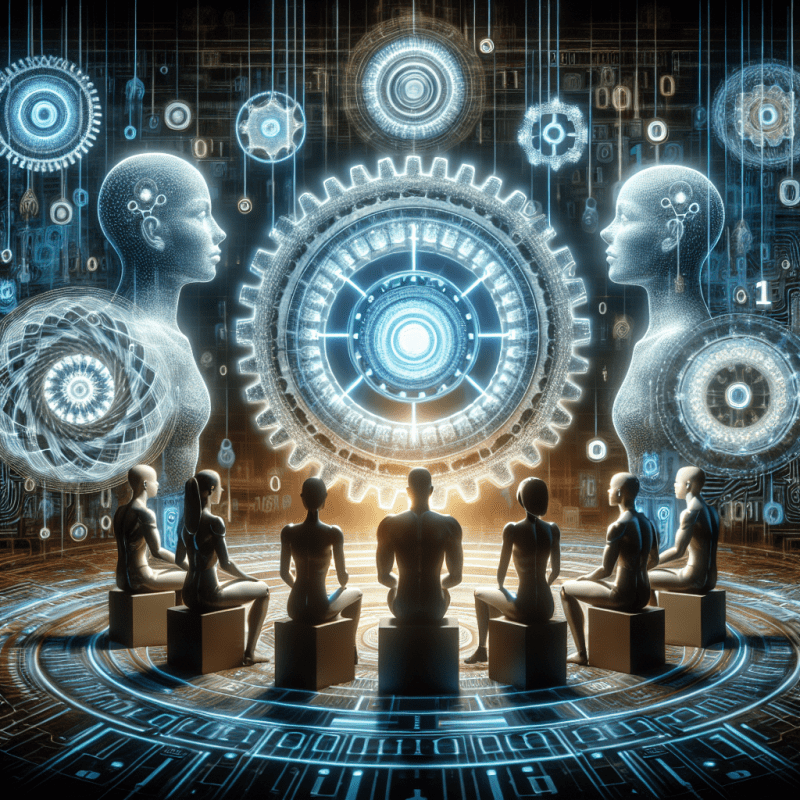Artificial Intelligence, or AI for short, might sound like something out of a sci-fi movie, but it's a part of our everyday lives now. Simply put, AI refers to machines or software that can perform tasks that typically require human intelligence. This includes things like understanding language, recognizing patterns, and making decisions. Imagine your smartphone’s voice assistant or a recommendation feature on your favorite streaming service—that's AI in action!
At its core, AI can be broken down into two main categories: Narrow AI and General AI. Narrow AI is what we see today. It’s specialized, like a virtual assistant that can help you set reminders or a best-selling online shopping chatbot. These systems excel in specific tasks but don’t have the ability to perform outside their designed function.
General AI, on the other hand, is still a concept. It's the idea of a machine that can think, learn, and understand like a human across a wide range of tasks. While we've made impressive advancements, we're not quite there yet. Current AI can analyze data faster than any human, but it doesn’t truly understand it the way we do.
So, how does AI actually work? Most AI systems are built using algorithms—sets of rules or instructions. They learn from large amounts of data, improving their performance as they go. For instance, if you’re using a photo app that can recognize faces, it’s learning from thousands of pictures to get better at identifying who’s who!
The biggest benefit of AI is its ability to handle big data and provide insights that humans might miss. But as we dive deeper into the AI revolution, it’s essential to navigate this technology thoughtfully, keeping in mind both the opportunities it presents and the challenges it brings.
Key Milestones in AI Development
Artificial intelligence has come a long way, evolving through several key milestones that have shaped its journey. One of the groundbreaking moments was in the early 1950s, when Alan Turing proposed the Turing Test. This test aimed to determine if a machine could exhibit intelligent behavior indistinguishable from a human. It laid the foundation for thinking about machine intelligence and sparked conversations that continue today.
Fast forward to the 1960s, when researchers began developing simple programs that could play games like chess. These early AI systems demonstrated that machines could learn and make decisions. A prominent example was the creation of the first chatbot, ELIZA, which simulated conversation. People were fascinated by the concept of talking to a machine and exploring the possibilities of AI.
In the 1980s and 1990s, AI took a leap with the introduction of expert systems—programs designed to mimic the decision-making abilities of a human expert. They were used in various industries, from medicine to finance, helping professionals access knowledge quickly. This was a huge step in proving that AI could be practical and beneficial in real-world applications.
By the 2000s, computational power grew exponentially, allowing for the development of more sophisticated algorithms. This era saw the rise of machine learning and natural language processing, leading to remarkable advances like voice recognition and recommendation systems. Suddenly, AI had the potential to fit seamlessly into everyday life, changing how we interact with technology.
Everyday Uses of AI Today
Artificial intelligence is all around us, often in ways we don’t even realize. It’s woven into many parts of our daily lives, making tasks easier and more efficient. Whether it’s on your phone, in your home, or even in how you shop online, AI is silently boosting our productivity and enhancing our experiences.
Take voice assistants, for example. If you’re using Siri, Google Assistant, or Alexa, you’re experiencing AI in action. These assistants can set reminders, play your favorite music, or even control smart home devices. Just imagine asking your assistant to turn off the lights or play your favorite podcast while you cook dinner – all with simple voice commands!
Then there’s the way we consume entertainment. Streaming services like Netflix and Spotify use AI algorithms to recommend shows and music based on your preferences. Ever noticed how the more you watch or listen, the better the suggestions get? That’s AI learning what you like and helping you discover new favorites.
Shopping has also been transformed by AI. Many online retailers use AI to personalize your shopping experience. When you see tailored product recommendations based on your past purchases, that's AI working behind the scenes to help you find what you might love. This not only saves time but also makes browsing more enjoyable.
Lastly, customer support has taken a leap forward with AI chatbots. They’re available 24/7 to answer common questions or assist with issues. This means you can get help right away without waiting for a human representative, making it super convenient for everyone.
Future Possibilities for Artificial Intelligence
As we look ahead, the future of artificial intelligence (AI) is full of exciting possibilities. Imagine a world where AI helps us tackle some of the biggest challenges we face, from climate change to healthcare. With advanced algorithms and machine learning, AI might assist in predicting natural disasters or even discovering new medicines tailored to individual patients.
In our everyday lives, AI could take on more personal roles. Think about having virtual assistants that understand you better than ever and help manage your schedules or even suggest activities based on your mood. The integration of AI into smart homes is just scratching the surface. Picture your home adapting to your routine and preferences automatically—lights dimming when it's movie time and the thermostat adjusting as you relax on the couch.
Another thrilling area to explore is how AI could enhance creativity. Artists, musicians, and writers might find new collaborators in AI tools that inspire their work. The blend of human creativity and AI's ability to analyze trends could lead to unique styles and innovations we haven't even dreamed of yet.
Lastly, the future of AI holds the potential for improved education. Personalized learning experiences powered by AI can adapt to each student's pace and style. This means more engaging and effective learning, helping students reach their full potential without feeling overwhelmed.



